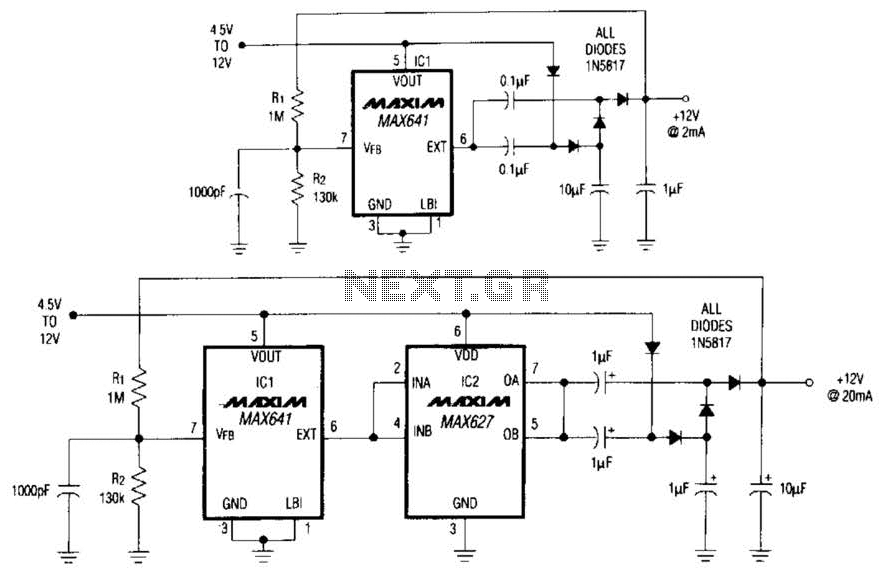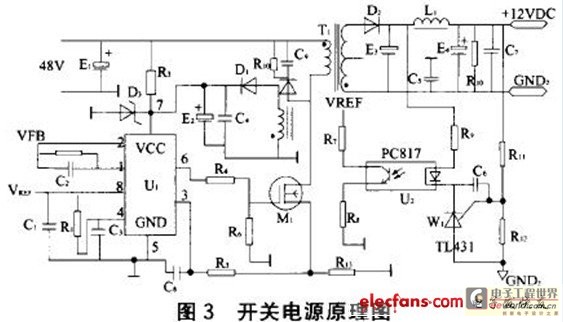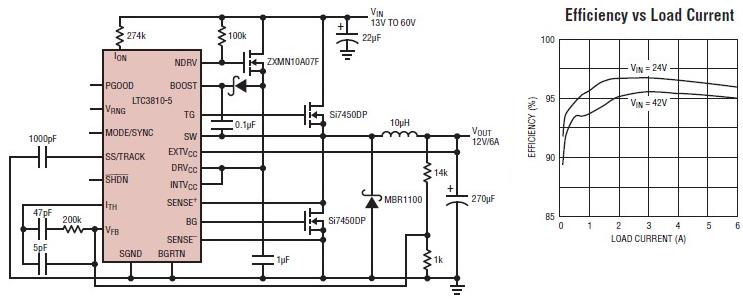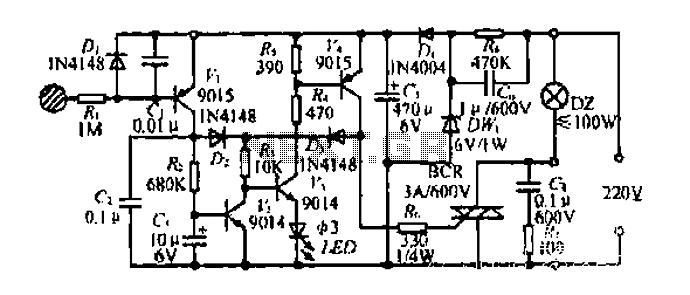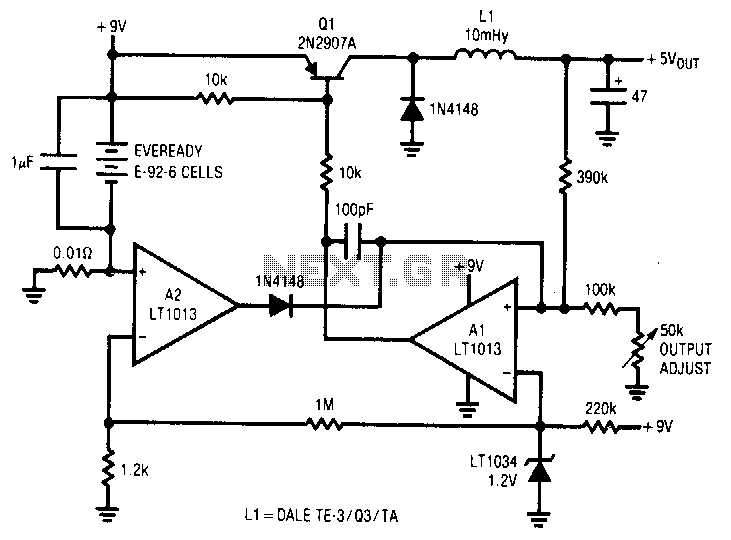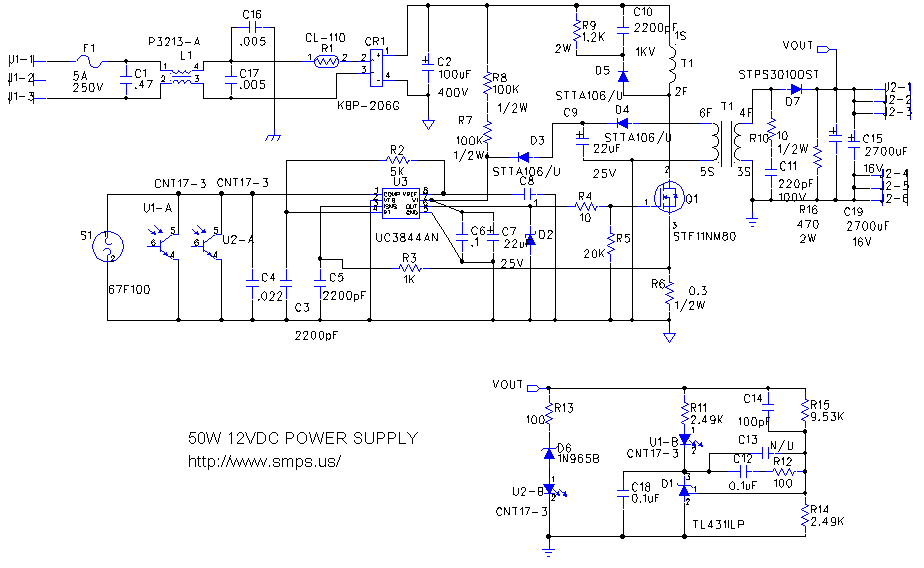
ac switching question
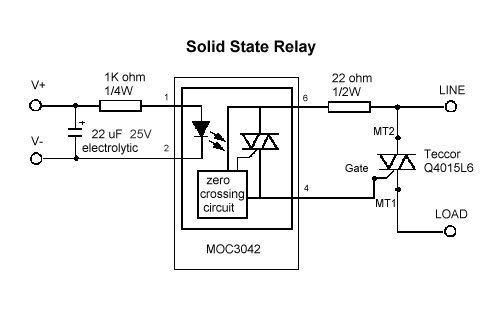
The AQV20 series is suitable for driving an AC relay coil, provided that the de-energizing back EMF from the relay coil does not exceed the 600V rating. It consists of a diode in series with a conducting MOSFET. To ensure safety, it is advisable to add two back-to-back Zener surge suppressors across the relay coil. The solid-state relay (SSR) should function effectively for the application, as its input is isolated from the power line and requires only a small DC current for activation. It is essential to use a current-limiting input resistor to prevent damage to the input control diode. The AQV20 series is acceptable for driving an AC relay coil under the specified conditions. Additional suppressors may not be necessary since a TRIAC will automatically turn off when the current through the inductor reaches zero, eliminating back EMF concerns. Regarding the MOCZ500, there are considerations about using zero-crossing circuitry with inductive loads such as solenoids, primarily due to the phase difference between current and voltage. The maximum current draw measured for the coil is 465mA, which is close to the 500mA limit of the MOCZ500, raising concerns about reliable SSR operation. The MOCZ500, previously sold from Motorola to Fairchild, may no longer be available as Fairchild does not list it on their website. An inquiry for similar parts is warranted. The zero-crossing circuit influences only the timing of the device's turn-on at the voltage zero crossing and does not affect turn-off, which occurs at the zero current crossing for all TRIACs and SCRs. Thus, there is no issue with driving an inductive load. Activating an inductor at zero crossing poses no adverse effects, and deactivating the solenoid at zero current does not generate transient voltages.
The AQV20 series solid-state relay is designed to handle AC loads efficiently, making it a suitable choice for controlling AC relay coils. Its configuration includes a MOSFET in series with a diode, which serves to protect the circuit from reverse voltage spikes generated when the relay coil is de-energized. This feature is critical, as inductive loads can create significant back EMF, potentially exceeding the voltage ratings of components in the circuit. The recommendation to include back-to-back Zener diodes across the relay coil adds an additional layer of protection, ensuring that any voltage spikes are clamped to safe levels.
The SSR's isolation from the power line is a significant advantage, providing safety and preventing noise from affecting the control circuit. The requirement for a small DC current for activation allows for flexibility in control circuit design, but care must be taken to include a current-limiting resistor to avoid exceeding the input control diode's maximum ratings. This precaution is essential in ensuring the longevity and reliability of the SSR.
When considering the MOCZ500 optoisolator, the concern about its current rating is valid. With a maximum current limit of 500mA and a measured coil draw of 465mA, the operating margin is minimal. This proximity to the limit could lead to reliability issues under varying load conditions. The unavailability of the MOCZ500 may necessitate the search for alternative components that can provide similar functionality without compromising performance.
The discussion regarding zero-crossing circuitry and inductive loads highlights the importance of understanding the phase relationships in AC circuits. While the zero-crossing feature is beneficial for timing the turn-on of the load, it does not negatively impact the turn-off process. TRIACs and SCRs naturally turn off when the current through them drops to zero, which is a critical characteristic when switching inductive loads. As a result, the design can incorporate zero-crossing control without fear of generating harmful transient voltages, ensuring stable operation in applications involving solenoids or other inductive devices.The AQV20 series should be fine to drive an A. C. relay coil if the de-energizing back EMF from the relay coil does not exceed 600 v rating. It is diode in series with a conducting MOSFET. Might want to add two back to back zener surge suppressors across relay coil to be sure. That SSR should work fine for you application. It`s input is isolated fr om the power line and just requires a small DC current to turn on (make sure you use a current limiting input resistor or you will blow the input control diode). The AQV20 series should be fine to drive an A. C. relay coil if the de-energizing back EMF from the relay coil does not exceed 600 v rating. It is diode in series with a conducting MOSFET. Might want to add two back to back zener surge suppressors across relay coil to be sure. You should not need any suppressors since a TRIAC automatically turns off when the current through the inductor goes to zero.
There thus will be no back EMF. In regards to the MOCZ500, isn`t there some no-no about using zero crossing circuitry with inductive loads like a solenoid It had to do with the current and voltage being out of phase, but I couldn`t really get my mind around why. Also, I measured the largest amp draw coil I am to switch, and it was drawing 465mA. If I were to use the MOCZ500, which has a current limit of 500mA, am I not giving the SSR enough room to operate reliably After looking around a bit, it seems that the MOCZ500 rights were sold from motorola to fairchild, but fairchild doesn`t even list it as a valid part on their website.
It may be falling into the nether regions of part availability. Anybody know of a similar part In regards to the MOCZ500, isn`t there some no-no about using zero crossing circuitry with inductive loads like a solenoid It had to do with the current and voltage being out of phase, but I couldn`t really get my mind around why. A zero-crossing circuit only affects the timing of the device turn-on (which, of course, occurs at the voltage zero crossing).
It has no effect on the turn-off which occurs naturally at the zero current crossing for all TRIACs and SCRs. It either case I see no problem with driving an inductive load with this. Turning on an inductor at zero crossing certainly has no adverse effect, and turning off the solenoid at zero current generates no transient voltages.
🔗 External reference
The AQV20 series solid-state relay is designed to handle AC loads efficiently, making it a suitable choice for controlling AC relay coils. Its configuration includes a MOSFET in series with a diode, which serves to protect the circuit from reverse voltage spikes generated when the relay coil is de-energized. This feature is critical, as inductive loads can create significant back EMF, potentially exceeding the voltage ratings of components in the circuit. The recommendation to include back-to-back Zener diodes across the relay coil adds an additional layer of protection, ensuring that any voltage spikes are clamped to safe levels.
The SSR's isolation from the power line is a significant advantage, providing safety and preventing noise from affecting the control circuit. The requirement for a small DC current for activation allows for flexibility in control circuit design, but care must be taken to include a current-limiting resistor to avoid exceeding the input control diode's maximum ratings. This precaution is essential in ensuring the longevity and reliability of the SSR.
When considering the MOCZ500 optoisolator, the concern about its current rating is valid. With a maximum current limit of 500mA and a measured coil draw of 465mA, the operating margin is minimal. This proximity to the limit could lead to reliability issues under varying load conditions. The unavailability of the MOCZ500 may necessitate the search for alternative components that can provide similar functionality without compromising performance.
The discussion regarding zero-crossing circuitry and inductive loads highlights the importance of understanding the phase relationships in AC circuits. While the zero-crossing feature is beneficial for timing the turn-on of the load, it does not negatively impact the turn-off process. TRIACs and SCRs naturally turn off when the current through them drops to zero, which is a critical characteristic when switching inductive loads. As a result, the design can incorporate zero-crossing control without fear of generating harmful transient voltages, ensuring stable operation in applications involving solenoids or other inductive devices.The AQV20 series should be fine to drive an A. C. relay coil if the de-energizing back EMF from the relay coil does not exceed 600 v rating. It is diode in series with a conducting MOSFET. Might want to add two back to back zener surge suppressors across relay coil to be sure. That SSR should work fine for you application. It`s input is isolated fr om the power line and just requires a small DC current to turn on (make sure you use a current limiting input resistor or you will blow the input control diode). The AQV20 series should be fine to drive an A. C. relay coil if the de-energizing back EMF from the relay coil does not exceed 600 v rating. It is diode in series with a conducting MOSFET. Might want to add two back to back zener surge suppressors across relay coil to be sure. You should not need any suppressors since a TRIAC automatically turns off when the current through the inductor goes to zero.
There thus will be no back EMF. In regards to the MOCZ500, isn`t there some no-no about using zero crossing circuitry with inductive loads like a solenoid It had to do with the current and voltage being out of phase, but I couldn`t really get my mind around why. Also, I measured the largest amp draw coil I am to switch, and it was drawing 465mA. If I were to use the MOCZ500, which has a current limit of 500mA, am I not giving the SSR enough room to operate reliably After looking around a bit, it seems that the MOCZ500 rights were sold from motorola to fairchild, but fairchild doesn`t even list it as a valid part on their website.
It may be falling into the nether regions of part availability. Anybody know of a similar part In regards to the MOCZ500, isn`t there some no-no about using zero crossing circuitry with inductive loads like a solenoid It had to do with the current and voltage being out of phase, but I couldn`t really get my mind around why. A zero-crossing circuit only affects the timing of the device turn-on (which, of course, occurs at the voltage zero crossing).
It has no effect on the turn-off which occurs naturally at the zero current crossing for all TRIACs and SCRs. It either case I see no problem with driving an inductive load with this. Turning on an inductor at zero crossing certainly has no adverse effect, and turning off the solenoid at zero current generates no transient voltages.
🔗 External reference
Warning: include(partials/cookie-banner.php): Failed to open stream: Permission denied in /var/www/html/nextgr/view-circuit.php on line 713
Warning: include(): Failed opening 'partials/cookie-banner.php' for inclusion (include_path='.:/usr/share/php') in /var/www/html/nextgr/view-circuit.php on line 713
